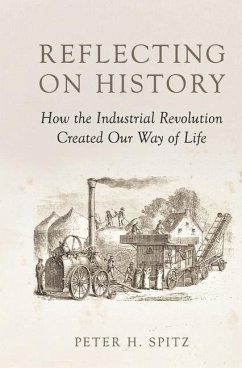The Industrial Revolution, with origins in England 300 years ago, set the world on a course that led to the comfortable style of living now being enjoyed by many of its citizens. This was a transformation that is well documented and presents a fascinating history. When we turn on television, use a computer, heat in a microwave oven, open a refrigerator, drive a car, take an antibiotic and utilize all the other things that make our life easy and enjoyable, do we ever wonder how these discoveries came about? Does our intellectual curiosity want to know about the inventions that brought about all these things we now cannot do without? In earlier times, people lived quite a different type of life. They travelled on a horse or boat, heated their house with wood or coal, used candles for lighting. They depended on windmills or waterwheels for lifting or grinding and used bronze, not steel, for making tools and weapons. Textiles were woven by hand and diseases cured with bloodletting or natural potions. How did we get from there to here? This book will answer these questions in twenty five chapters that describe the key inventions that started to be made at the onset of the Industrial Revolution. There was a lot of technology involved, but the book is easy to read and understand. Over the period we are talking about, a number of brilliant people made inventions that earned majorawards. That is why we must remember people like Samuel Morse (telegraph), Michael Faraday (electricity) Alfred Nobel (dyamite), Alesander Graham Bell (telephone), Guglielmo Marconi (radio) Alexander Fleming (penicillin) Charles Babbage (computer) and many others. To help understand the technologies involved in these inventions, the book uses colorful illustrations that will help readers with the history, development and commercialization of the inventions. This knowledge will stimulate reeaders, who want to know more about how our world of modernity was created,
Hinweis: Dieser Artikel kann nur an eine deutsche Lieferadresse ausgeliefert werden.
Hinweis: Dieser Artikel kann nur an eine deutsche Lieferadresse ausgeliefert werden.








